A cell with no organelles.
What is a prokaryotic cell? OR What is a prokaryote?
As shown below, methylene blue stains produces a dark stain in this eukaryotic cell structure.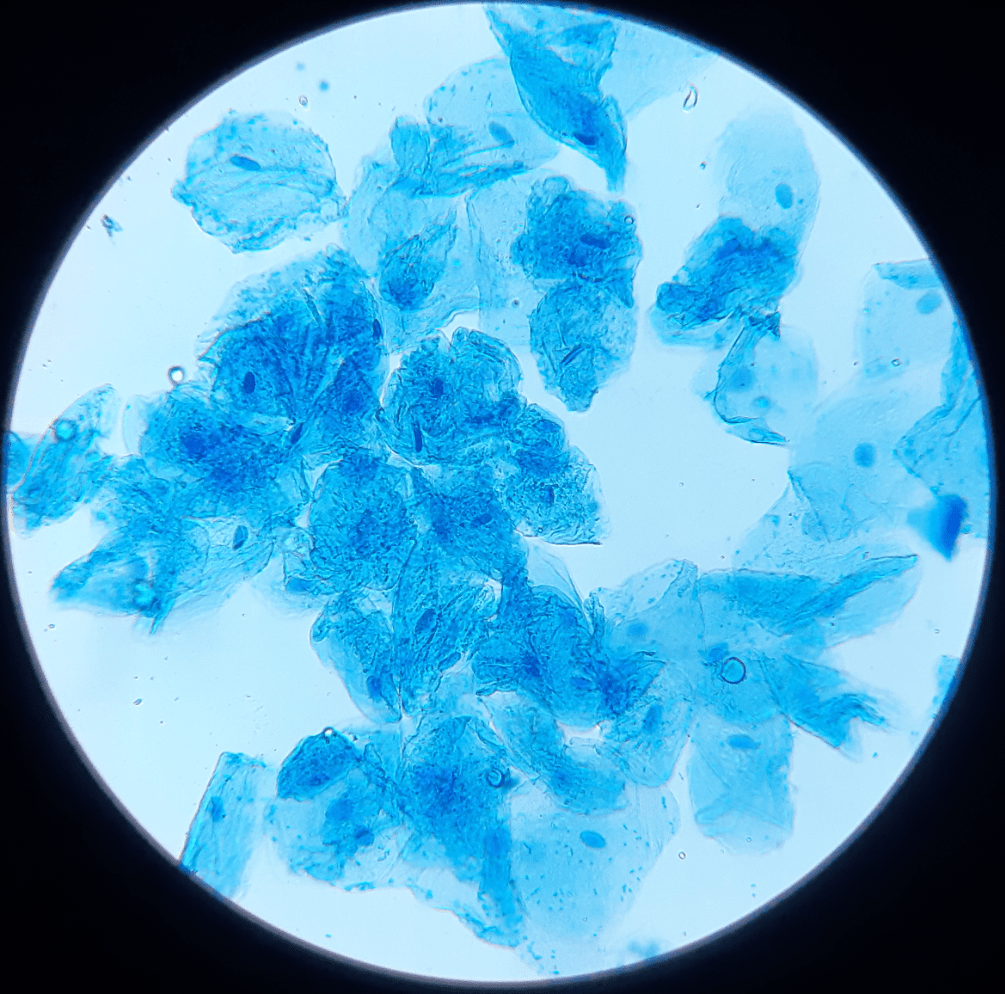
What is the nucleus?
The "purpose" of a virus.
What is to reproduce, replicate, spread, infect cells etc.?
This food product primarily contains this macromolecule.
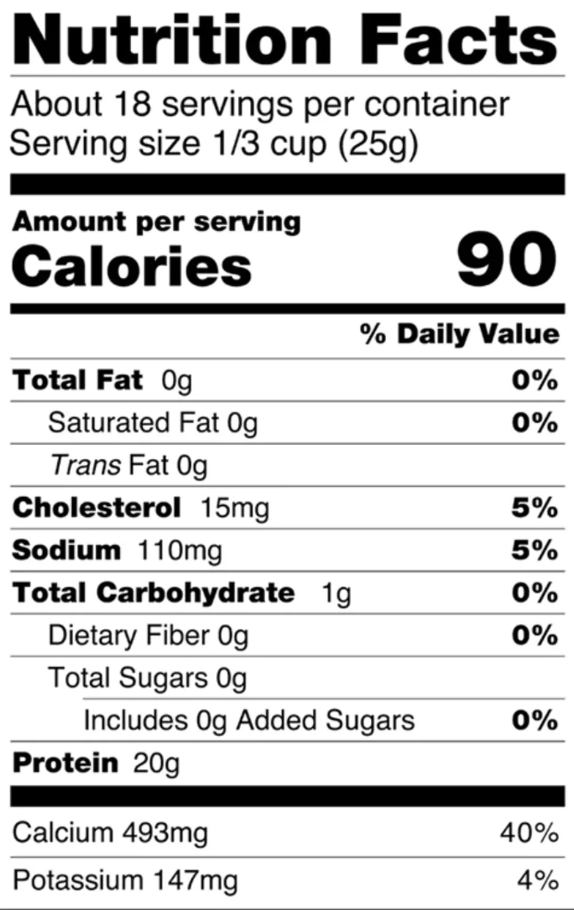
What is protein?
This invention led to the discovery that all living things are made of cells.
What is the microscope?
Any cell whose DNA is stored in a nucleus.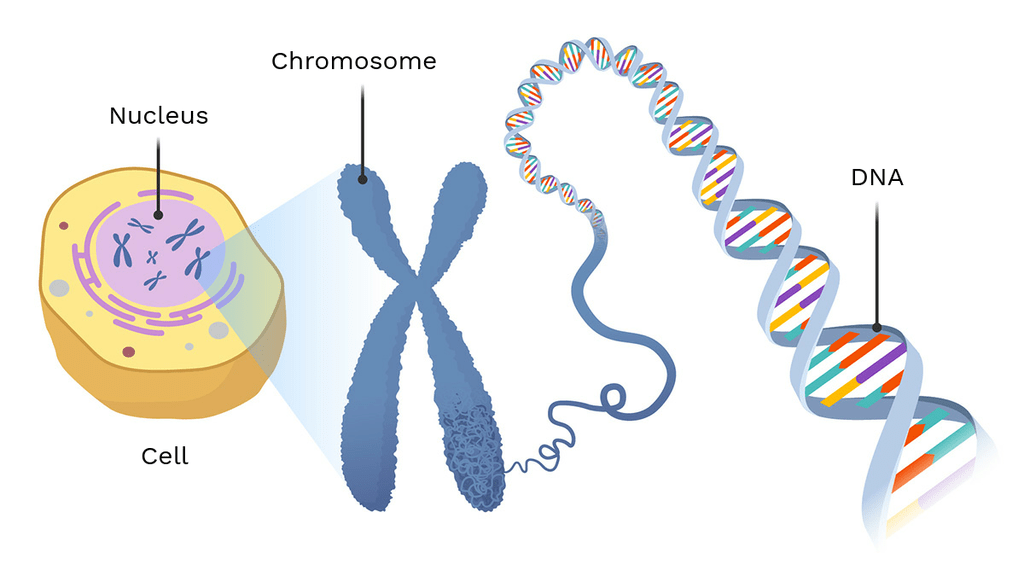
What is a eukaryotic cell?
This extra outer layer provides structure and protection to plant, fungal, and many bacterial cells.
What is the cell wall?
Instructions for making more viruses can be in either of these nucleic acid languages.
What is DNA or RNA?
Abundant in breads, pastas and fruits, this macromolecule is useful for obtaining a quick source of energy.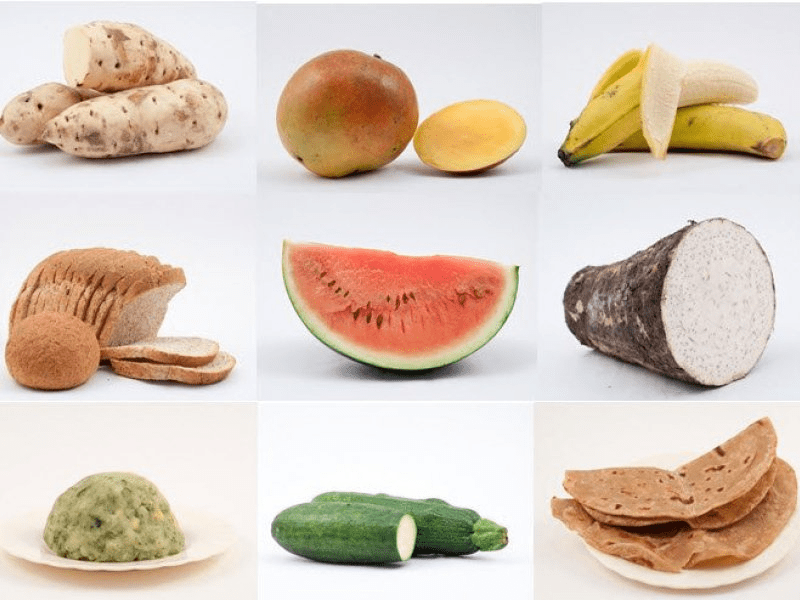
What are carbohydrates?
Living things can respond to stimuli in their internal and external environments. The plant shown below is responding to this stimulus.
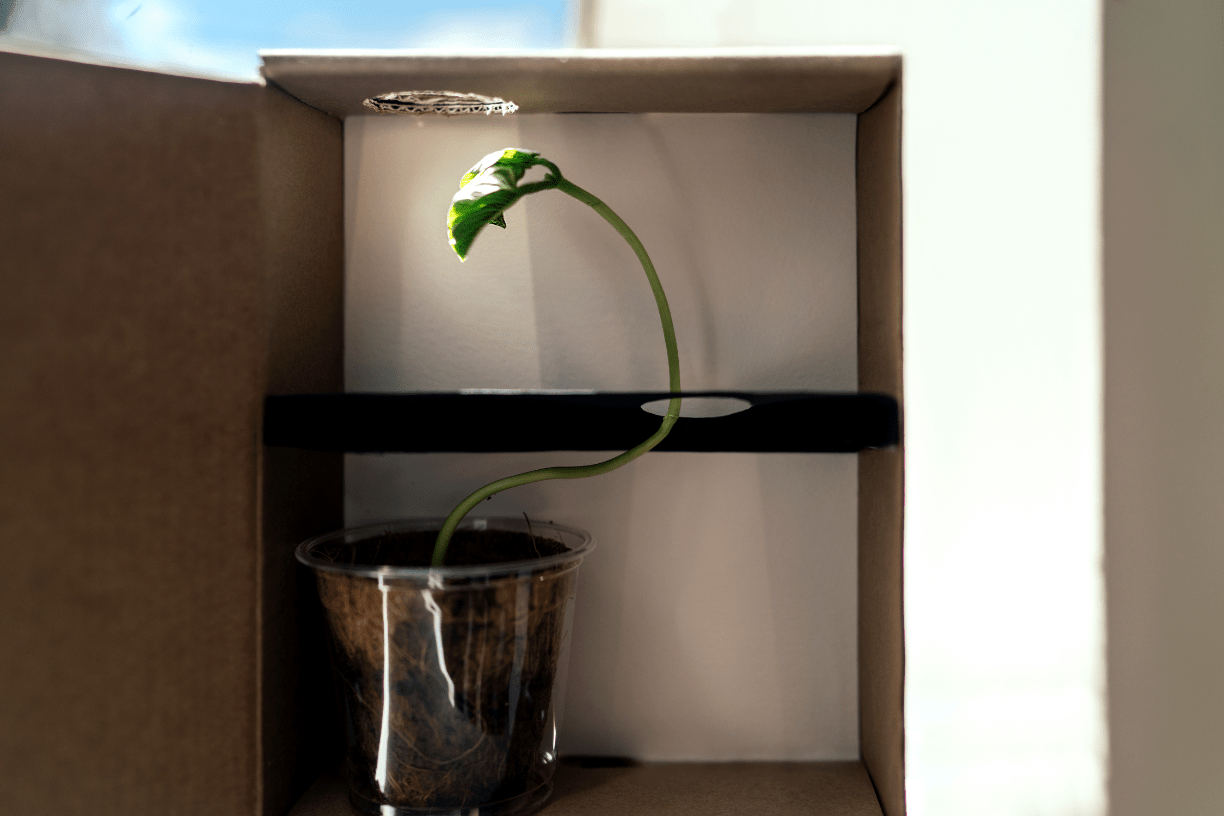
What is light?
This cell has a nucleus and mitochondria, but lacks a cell wall or chloroplasts.
What is an animal cell?
Many proteins are produced on this structure, which extends outward from a eukaryotic cell's nucleus.
What is the rough endoplasmic reticulum, ER, or RER?
The protein coat of a virus that protects its genetic material.
What is a capsid?
The cell membrane is made up of this biomolecule.
The word that best fits Label Y.
What is organelles?
The cells that makeup the bacteria E. coli
What are prokaryotic cells?
To obtain cellular energy, plant cells use two organelles. First, carbohydrates are made in this organelle using sunlight energy. Then, those carbohydrates are transformed into ATP in this organelle.
What are the chloroplast and mitochondria?
Some viruses are enclosed in an extra lipid layer which they actually steal from the host cell as they exit.
What is an envelope?
This group of biomolecules contain the code that is used to build proteins.
All cells have these four structures in common.
What are ribosomes, DNA, cell membrane and cytoplasm.
Euglena are interesting microorganisms! They are unicellular and found in freshwater, saltwater, and marshes. Euglena have chloroplasts and perform photosynthesis but can also move around and find food at night through heterotrophic means. We call that mixotrophic! Euglena are made of this type of cell.

What are eukaryotic cells?
These small, spherical compartments bud off the golgi apparatus and deliver proteins to their final destination.
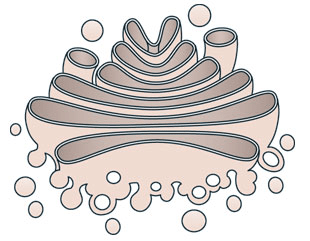
What are vesicles?
This part of the host cell will be used to synthesize the protein capsid of the virus.
What are ribosomes?
Shown here attacking a virus, these Y-shaped proteins provide defense against pathogens.
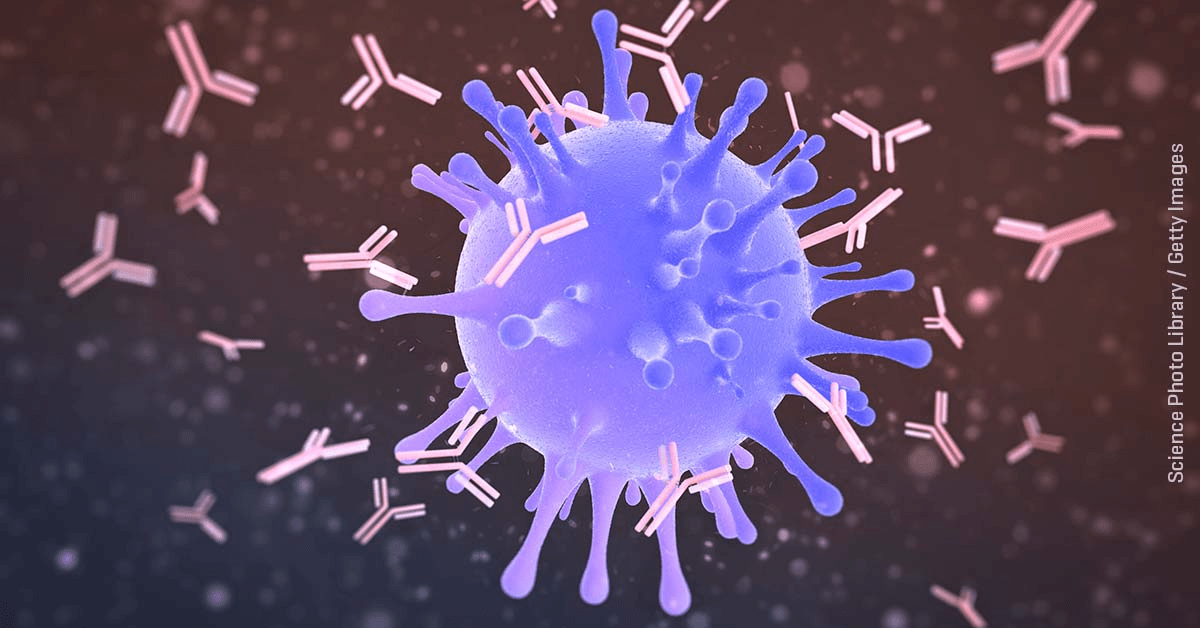
What are antibodies?
Ms. Finstad was born in this year.
What is 1994?